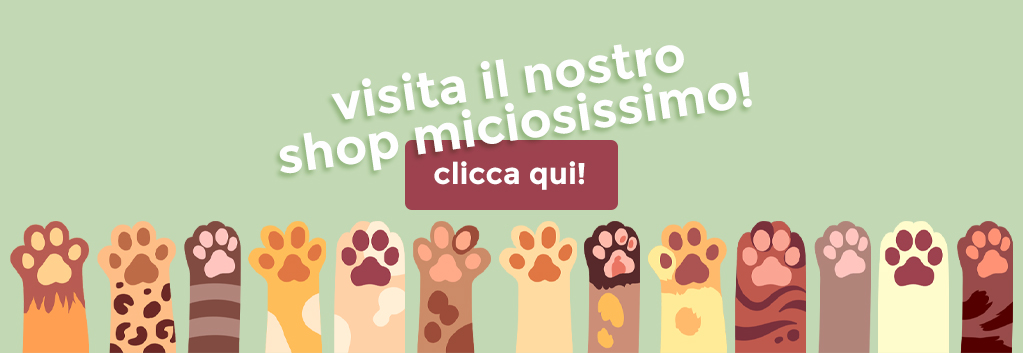Nella prima parte di questo articolo eravamo rimasti alla figura della crazy cat lady come donna che vive sola, in quanto vedova o zitella, e che come tale viene nel Medioevo associata all’idea di qualcosa di strano, sospetto e, col tempo, addirittura malefico. Ma cosa accade quando la caccia alle streghe finalmente si placa?
In questo articolo, saltiamo direttamente all’età delle suffragette, quell’epoca cavallo tra ‘800 e ‘900 in cui le donne cominciano a reclamare il diritto al voto. L’associazione tra la donna e il gatto non è evidentemente caduta in disuso, perché le nostre suffragette vengono equiparate al gatto: entrambi pretenziosi, entrambi viziati, entrambi chiedono qualcosa di cui non hanno alcun bisogno. Di questa associazione c’è perfino traccia visiva in manifesti come questo.

Non che le suffragette si lascino scoraggiare. Anzi, ritorcono contro i loro dettratori il loro stesso stratagemma, paragonandosi a “gatte che continueranno a graffiare e lottare finché non avranno avuto garantito il diritto di voto”.

E quando l’obbiettivo è stato raggiunto, cosa è rimasto ai nemici delle “crazy cat lady” per deriderle?
Ma l’assenza di un compagno, almeno, se non di un marito naturalmente. Col passare dei decenni l’idea che una donna sola sia in qualche modo “minorata” si è certamente affievolita, ma ci sono ancora tantissime persone che guardano alla combo “donna single+gatto/i” con sospetto.

Non resta ora che proporre una breve carellata di “crazy cat lady”. Donne come…
Kate Birdsall Johnson, resa famosa dal dipinto My wife’s lovers.

Clara Barton, fondatrice della Croce Rossa Americana.

Florence Nighingale, la prima a utilizzare il metodo scientifico con l’ausilio della statistica e una donna che diede un contributo fondamentale nella riorganizzazione degli ospedali da campo. È arrivata ad accudire fino a 17 gatti.

E infine, uomo tra le donne, il gattaro Ernest Hemingway.


